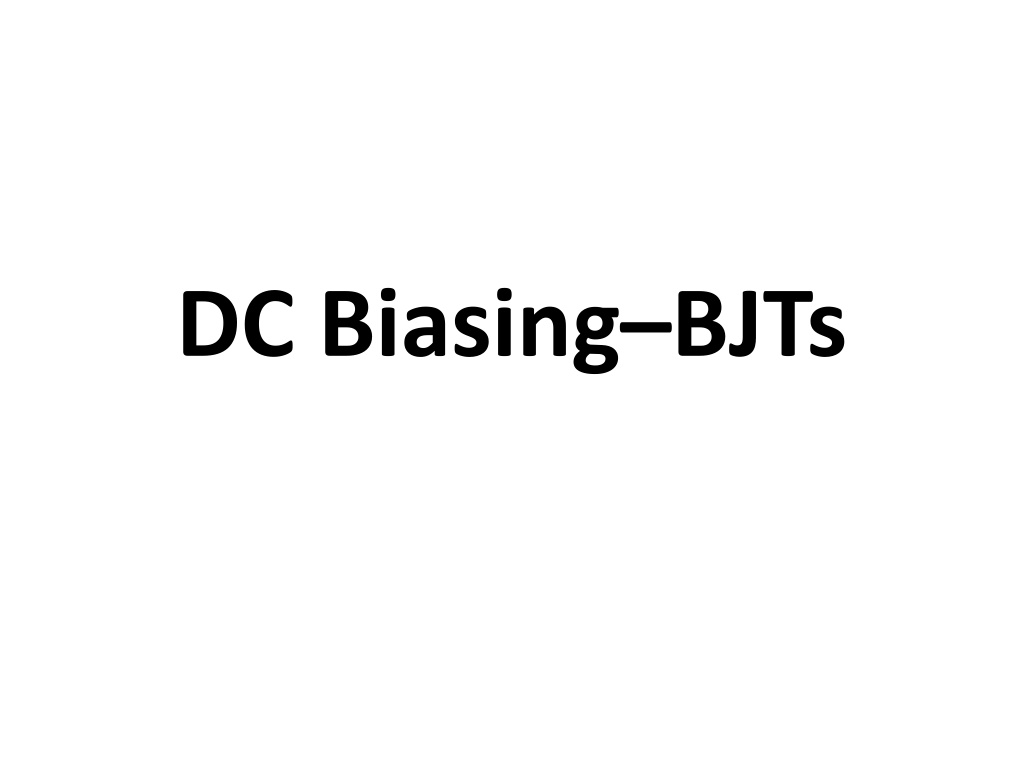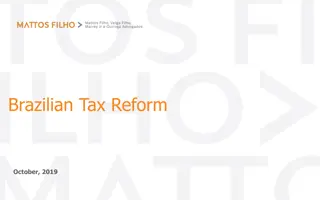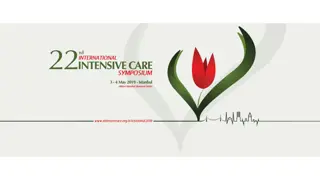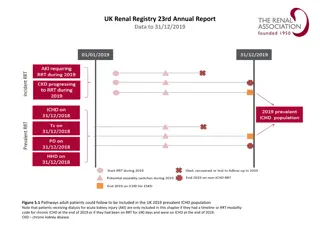
Understanding DC Biasing Techniques for BJTs
Explore DC biasing techniques for bipolar junction transistors, including voltage feedback, input and output loops, and base-emitter bias analysis. Learn how these methods help stabilize the Q-point and enhance circuit performance.
Download Presentation

Please find below an Image/Link to download the presentation.
The content on the website is provided AS IS for your information and personal use only. It may not be sold, licensed, or shared on other websites without obtaining consent from the author. If you encounter any issues during the download, it is possible that the publisher has removed the file from their server.
You are allowed to download the files provided on this website for personal or commercial use, subject to the condition that they are used lawfully. All files are the property of their respective owners.
The content on the website is provided AS IS for your information and personal use only. It may not be sold, licensed, or shared on other websites without obtaining consent from the author.
E N D
Presentation Transcript
Sources & Required Reading ROBERT BOYLESTAD & LOUIS NASHELSKY, ELECTRONIC DEVICES AND CIRCUIT THEORY, 7th edition 2
DC Bias with Voltage Feedback It is necessary to add a feedback path from collector to base. Thus, the Q-point is only slightly dependent on the transistor beta, .















